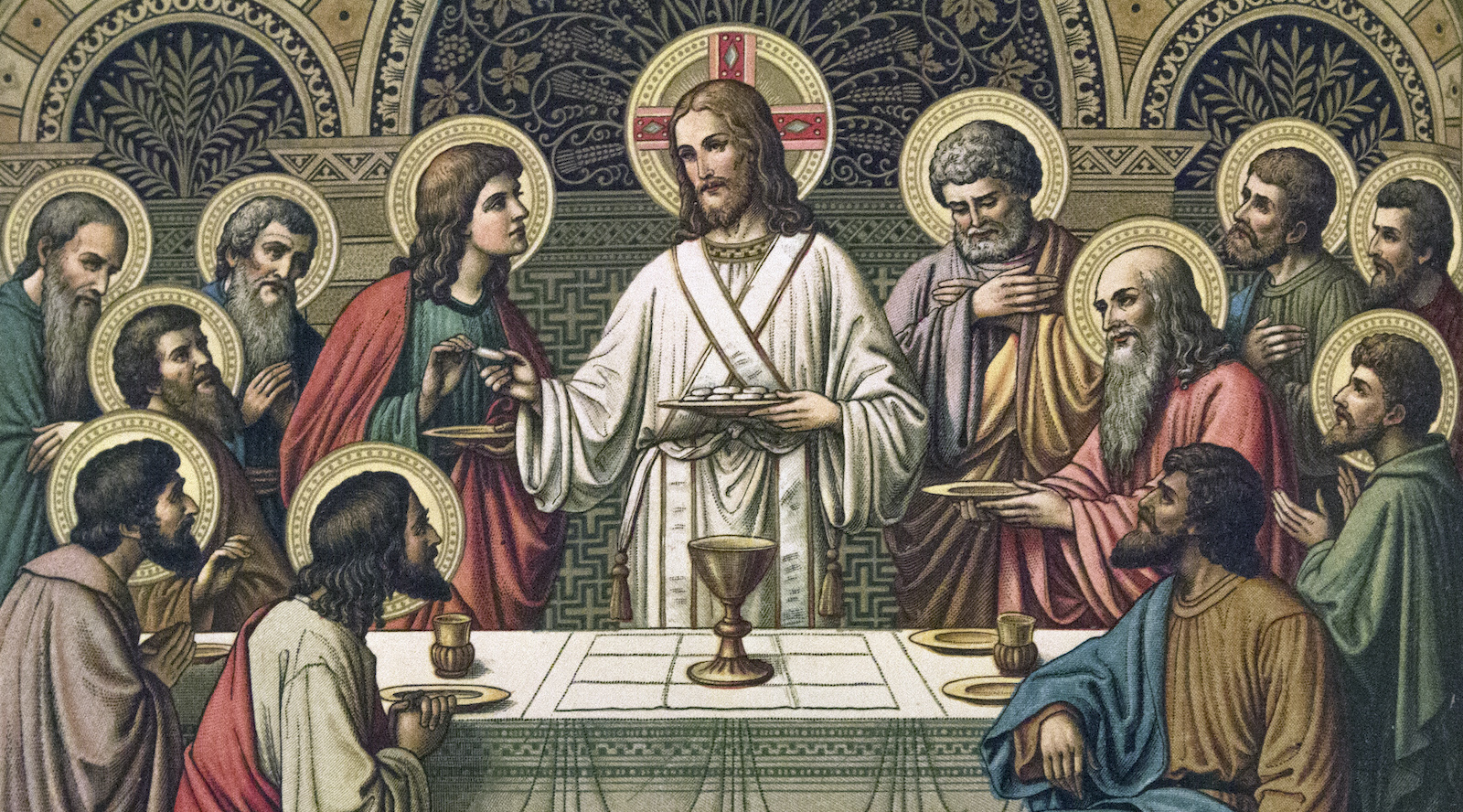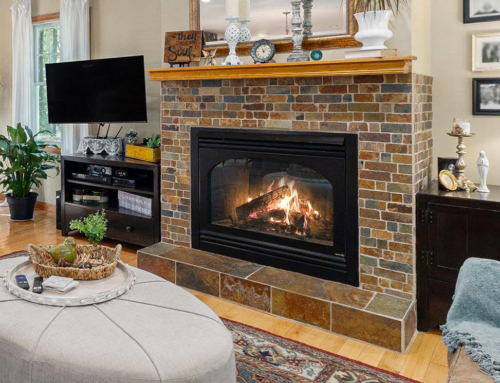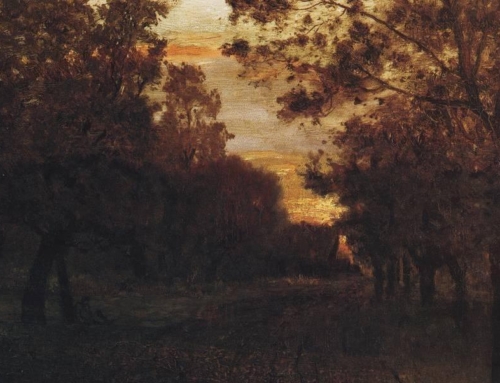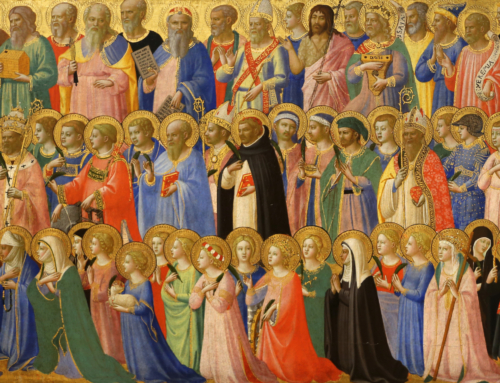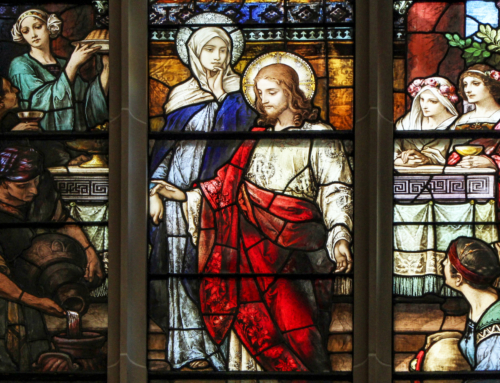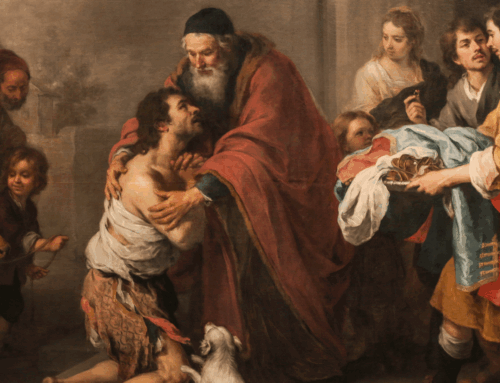With the papal conclave on the horizon, the issues of synodality and hierarchy have once again come to the fore, with many questioning the value and relevance of a hierarchical church. The place of synodality in the Church is an open question, but one thing is certain: we need to embrace hierarchy. In fact, doing so is our only hope for holiness.
By hierarchy, I don’t mean that caricature of a static, monolithic pyramid in which each of us is merely a brick whose sole function is to prop up and support those above us. Although this idea of hierarchy has often been predominant in history, it couldn’t be farther from the actual reality the word was originally meant to signify.
In its original sense“hierarchy” is a uniquely Christian term. A sixth-century Syrian monk coined it as a way of naming both the angelic and ecclesial societies. Today, people tend to think of a “hierarchy” as any ordering—whether in nature, the animal kingdom, a human society, or even among goods or values—in which some things are placed above others as more important or “higher.”
The monk who coined the term, however, would have been baffled by these uses of his new word. There was already a term one could have used to name those things: “archies” from the Greek ἀρχή meaning “principality,” referring both to the prince himself and to all those ordered under him. A “hierarchy” (from the Greek ἱερός—holy or sacred—and ἀρχή) is quite literally a sacred, or sanctifying, principality. It is defined, by the one who invented the term, as a sacred order, a state of understanding and an activity approximating as closely as possible to the divine.
The caricature, then, doesn’t get it entirely wrong. A hierarchy is a type of order, but a specifically sacred order. It is not a static, monolithic pyramid. Rather, the picture of hierarchy we get from our sixth-century monk is of a dynamic ordering of agents all for the sake of sanctifying activity. In other words, the hierarchical order is not there to support those at the top. Rather, the whole reason God established our ecclesial hierarchy was for our sanctification. Hierarchy is the order by which we are made holy and made more like God himself. That is why the highest member of our ecclesial hierarchy is not, in fact, the Pope. It’s not even a bishop in his diocese. At the heights of our hierarchy is the Eucharist, the Sacrament of the Altar, in which our one, true, and universal hierarch, the God-Man Jesus Christ, is active according to the very order he himself established. He acts through the agency of the ministerial priesthood, in the recipients of the Sacraments according to their common priesthood, and all for the sake of uniting us more closely with him by bestowing the grace of sanctification. Put simply, our hierarchy is not a static pyramid, whose end is the structure, the order itself. The ecclesial hierarchy established by God is a dynamic and sacred ordering of actions, agents, and recipients all for the sake of our assimilation to God, our sanctification, our holiness.
Clearly, then, to abandon hierarchy is to lose all hope for holiness. We cannot sanctify ourselves. And if we are afraid to embrace the sacred order—the hierarchy—that God established precisely to communicate his holiness to us, to make us more like him, we cut ourselves off from our own sanctification. We need to embrace hierarchy. It, or even better he—our true hierarch, Jesus Christ—is our only hope for holiness.
✠
Photo by Lawrence Lew, O.P. (used with permission)

